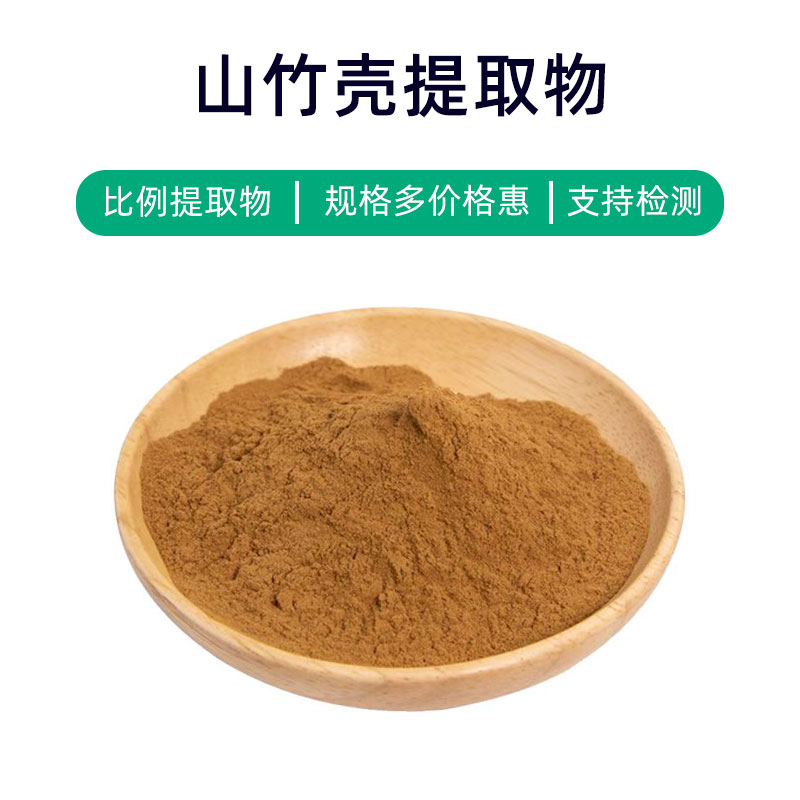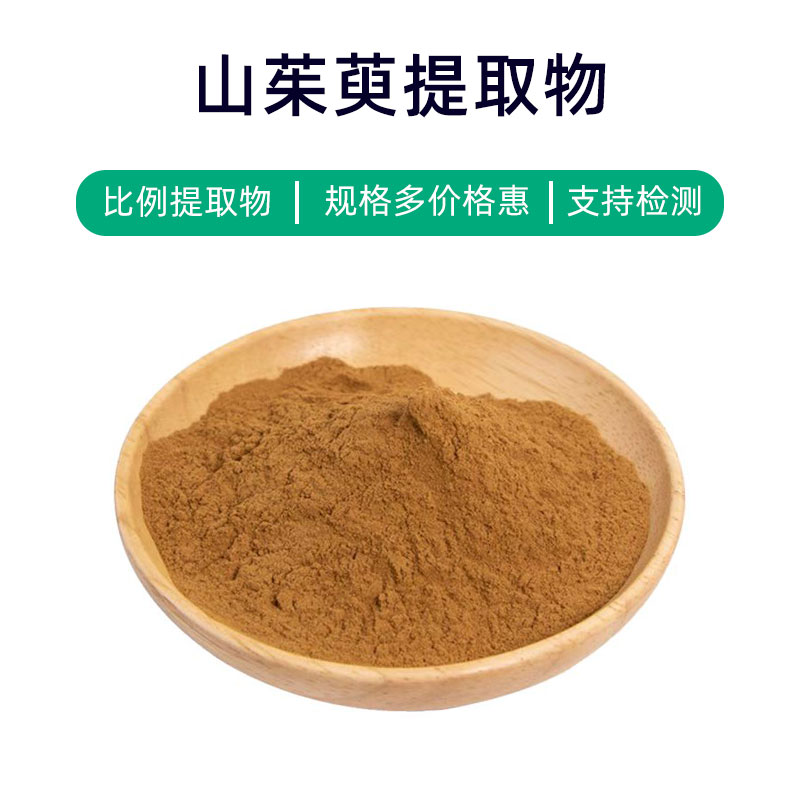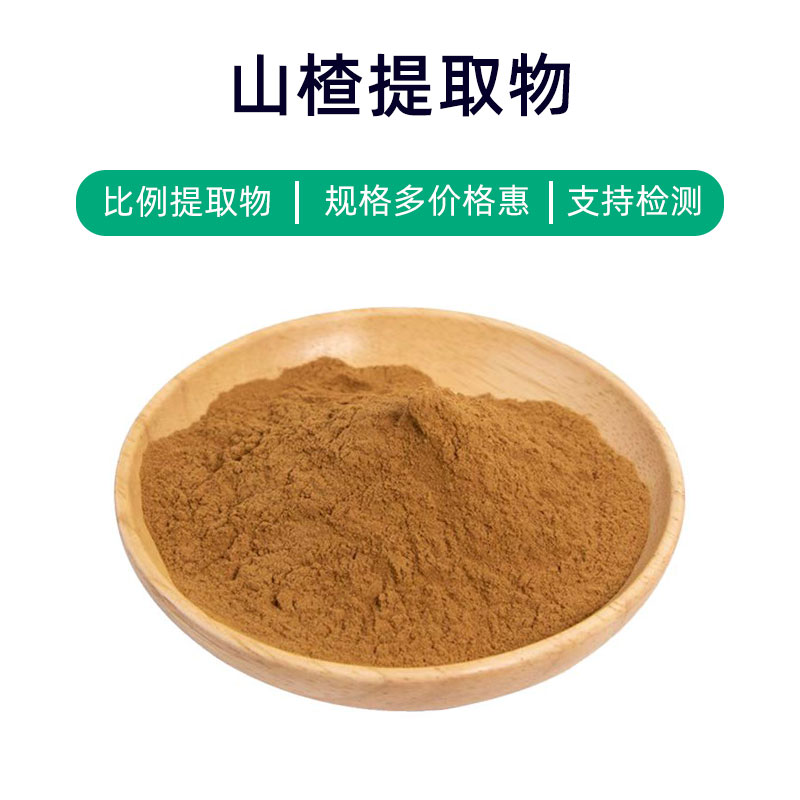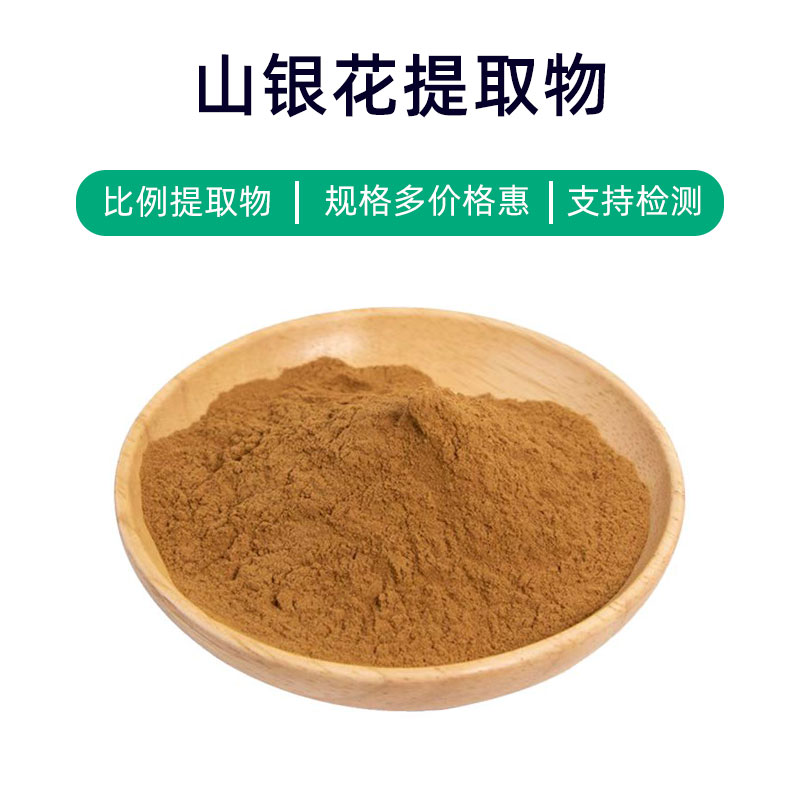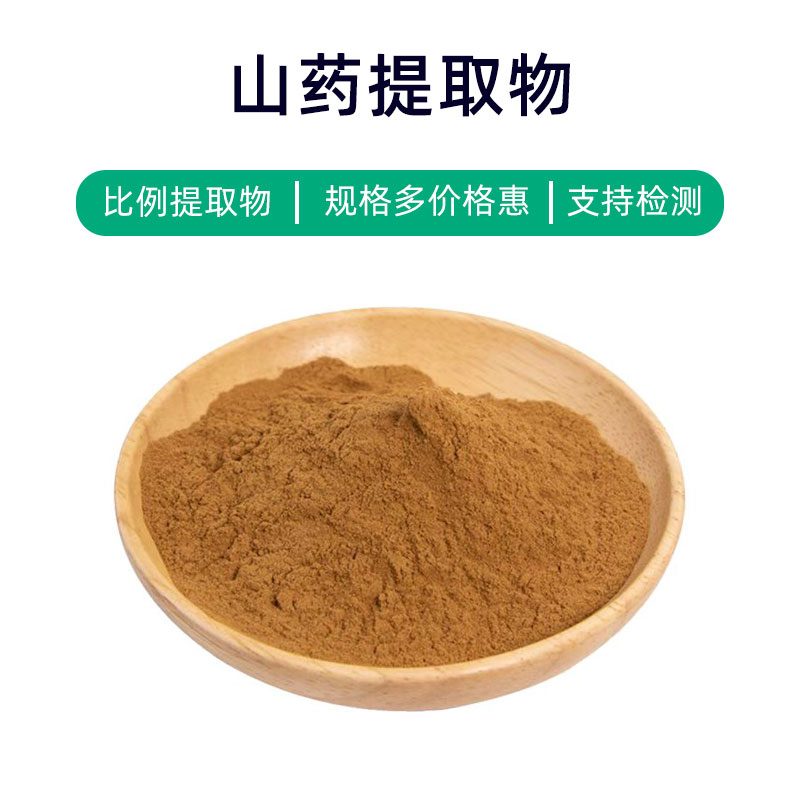Akebia Extract Product Introduction
Akebia extract is a plant extract derived from the roots, stems, or leaves of the Akebia plant. Its main components include akebia saponins, akebia alkaloids, and flavonoids, which together provide various health benefits.
Firstly, Akebia extract is commonly used in the pharmaceutical field. The compounds it contains, such as akebia saponins and akebia alkaloids, have anti-inflammatory, analgesic, and antibacterial effects, making them useful for treating rheumatoid arthritis, arthritis, and pain, and helping alleviate joint discomfort and pain symptoms.
Secondly, Akebia extract is also frequently found in health products. Rich in flavonoids, it possesses antioxidant and anti-aging properties that help enhance the body's antioxidant capacity, slow down cellular aging, boost immunity, and promote overall health.
Additionally, Akebia extract is widely used in cosmetics. It has astringent properties, regulates sebum secretion, and soothes the skin, making it suitable for skincare products, cleansers, and masks, thus improving skin texture and maintaining a refreshing and healthy complexion.
In summary, Akebia extract, as a natural plant extract, has a broad application prospect in pharmaceuticals, health products, and cosmetics, making it an ideal choice for those seeking health and beauty benefits.
Akebia Extract Production Process
The production process of Akebia extract typically includes the following main steps:
- Raw Material Preparation: Fresh roots, stems, or leaves of the Akebia plant are collected as raw materials for extraction. These plant materials undergo strict selection and cleaning to remove impurities.
- Crushing and Grinding: The cleaned Akebia plant material is crushed and ground to increase its surface area, facilitating the extraction process. Typically, a grinder or pulverizer is used.
- Extraction: The ground Akebia plant material undergoes extraction through methods such as water extraction, ethanol extraction, or supercritical fluid extraction. Choosing the appropriate solvent and extraction method can effectively enhance the yield and quality of the extract.
- Concentration: The liquid solution obtained from extraction is concentrated using methods like evaporation or vacuum concentration to remove the solvent and increase the concentration of the Akebia extract.
- Filtration and Purification: The concentrated Akebia extract is filtered and purified to remove any remaining impurities and enhance the product’s purity and quality.
- Drying: Finally, the purified Akebia extract undergoes drying, usually via spray drying or vacuum drying, converting it into a powdered or granulated final product.
- Packaging: The dried Akebia extract is packaged, typically in sealed aluminum foil or plastic bags, to prevent moisture and oxidation, ensuring the stability and effectiveness of active components.
Through these processes, high-quality and pure Akebia extract can be produced for applications in medicine, health products, and cosmetics.
Akebia Extract Effects and Side Effects
Akebia extract is a commonly used herbal extract with various effects, which mainly include:
- Diuretic Effects: Akebia extract is widely used in traditional Chinese medicine, known for its excellent diuretic properties, promoting the expulsion of water and salt from the body, which helps improve urine output and alleviate edema.
- Heat Clearing and Fire Reducing: This extract has the ability to clear heat and reduce fire, detoxifying and cooling the blood, aiding in treating fever, mouth sores, heat discomfort, and excessive thirst.
- Regulating Menstruation and Promoting Circulation: In Traditional Chinese Medicine theory, Akebia extract is believed to help regulate menstruation and promote blood circulation, often used for treating rheumatic joint pain and muscle soreness.
- Clearing the Intestines and Promoting Bowel Movement: Rich in protein and fiber, Akebia extract can stimulate intestinal peristalsis, aiding in relieving constipation.
- Antibacterial and Anti-inflammatory: The extract exhibits certain antibacterial and anti-inflammatory effects, inhibiting the growth of bacteria, fungi, and viruses, useful for treating infectious diseases.
- Enhancing Blood Circulation: Akebia extract contains various bioactive components that can dilate blood vessels and improve circulation, which may prevent cardiovascular disease.
- Regulating Immune Function: It includes multiple antioxidant components that regulate immune function and enhance the body's resistance, helping to prevent infections and diseases.
Although Akebia extract has multiple benefits, it is essential to be aware of the potential side effects and contraindications. Prolonged or excessive use may lead to kidney damage or gastrointestinal discomfort. Therefore, it should be used as directed by a healthcare provider to avoid adverse reactions.
Akebia Extract Application Scenarios and Dosage
Akebia extract has extensive applications in the pharmaceutical, food, and cosmetic sectors. Here are its usage scenarios and dosages in different fields:
- Pharmaceutical Applications:
- Uses: Akebia extract is commonly used in traditional Chinese medicine formulations for heat clearing, diuresis, and promoting circulation.
- Dosage: Generally used as a herbal medicine or extract, it can be decocted, boiled for soup, or taken as a drink. The dosage should be determined based on specific conditions and physician recommendations, typically 3-10 grams per dose, taken 1-3 times daily.
- Food Applications:
- Uses: Akebia extract is often used as a food additive for flavoring and enhancing aroma.
- Dosage: When used as a food additive, it should be added according to food additive standards, ensuring compliance with national food safety guidelines and added in appropriate amounts as needed for production.
- Cosmetic Applications:
- Uses: Akebia extract is commonly found in cosmetics, showcasing antibacterial and antioxidant properties, suitable for skincare and cleansing products.
- Dosage: When used as an ingredient in cosmetics, it should be added according to formula requirements, typically between 0.1%-5%, with exact amounts determined by product type and efficacy needs.
In summary, Akebia extract is primarily used in medicine for treating related diseases, with dosage needing to be used under a doctor's guidance; in the food sector, it serves as a food additive per national standards; and in cosmetics, it is used in skincare products with dosage aligned with product formulation requirements. In any application area, safety dosage principles should be adhered to, avoiding excessive use that may lead to adverse reactions.
Introduction to the Source Plant of Akebia Extract: Distribution and Growth Environment
Akebia (scientific name: Aristolochia contorta) is a common climbing plant belonging to the Aristolochiaceae family. Here is a detailed description of the source plant of Akebia extract, its distribution, and growth environment:
- Plant Introduction:
Akebia is a perennial climbing plant typically growing in areas such as forest edges, valleys, hillsides, creek sides, and field margins. It features sturdy vines and heart-shaped leaves, with uniquely shaped yellow-green flowers that are fragrant, making it an important medicinal plant. - Distribution:
Akebia is widely distributed across Asia, North America, and Europe. In China, it can be found throughout the country, particularly in the Yangtze River Basin, Yellow River Basin, and southern regions. It prefers moist environments, usually growing below 1,000 meters in mountainous areas, forested regions, gullies, and near streams. - Growth Environment:
Akebia typically thrives in sunny, moist environments and is not particularly strict about soil requirements, although fertilized and well-drained soil is preferred. It is commonly found at forest edges, riverbanks, creek sides, valleys, and can also grow in fields, grasslands, and shrubs. Akebia is sensitive to temperature and humidity, favoring warm and moist climates, and does not tolerate cold or drought well.
Overall, Akebia is a common climbing plant with extensive distribution, mainly located in Asia, North America, and Europe. It enjoys growing in moist, sunny environments, typically found in mountainous areas, forests, or near water sources. Akebia is widely used in traditional Chinese medicine, and its extract is frequently utilized in herbal formulations and drug development.
Processing and Storage of Akebia Extract
The processing of Akebia extract generally involves the following steps: First, the harvested Akebia is cleaned to remove impurities; next, the plant is chopped or ground to enhance extraction efficiency; then, appropriate extraction methods such as water extraction, ethanol extraction, or supercritical fluid extraction are employed to extract the active components; finally, through filtering, concentrating, and drying processes, Akebia extract is obtained. To ensure the quality and stability of the extract, it should be stored in a cool, dry, and dark environment, avoiding high temperatures, humidity, and direct sunlight. The extract should be sealed to prevent contact with air, and its appearance and properties should be regularly checked to maintain quality.
Monica Sun is a seasoned expert in the plant extraction industry with over a decade of experience in research and production. She specializes in the extraction and purification of plant active ingredients, focusing on driving innovation in natural product applications. Monica has participated in the development of multiple functional plant extracts, delivering high-value natural raw material solutions for the health food, pharmaceutical, and dietary supplement sectors.









